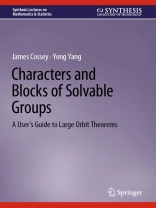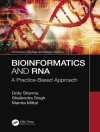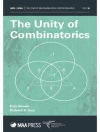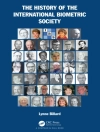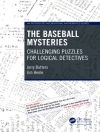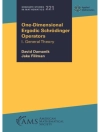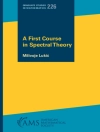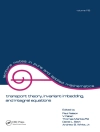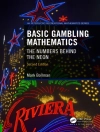This book highlights recent developments in the representation theory of finite solvable groups, which seeks to connect group theory to linear algebra in ways that allow for better study of the groups in question. Over the last several decades, a number of results in the representations of solvable groups have been proven using so-called “large orbit” theorems. This book provides an extensive survey of the current state of the large-orbit theorems. The authors outline the proofs of the large orbit theorems to provide an overview of the topic, then demonstrate how these theorems can be used to prove new results about solvable groups.
Содержание
Introduction.- Background Material.- Solvable Linear Groups and Gluck’s Permutation Lemma.- Gluck’s Conjecture.- The Huppert ρ-σ Conjecture.- Dolfi’s Theorem.- Induction and Restriction of Characters From p-Complements.- Brauer Graphs of Solvable Groups, I.- Brauer Graphs of Solvable Groups, II.- Conjugacy Classes, Codegrees, Zeros, and other Applications.
Об авторе
James P. Cossey, Ph.D., is a Professor in the Department of Mathematics at Akron University, where he began working in 2008. He received his Ph.D. in mathematics from the University of Wisconsin in 2005, under the supervision of Dr. I.M. Isaacs, with a dissertation entitled “Generalizations of the Fong-Swan Theorem”. He then served as a postdoctoral fellow at the University of Arizona. He has published about twenty papers in the representation theory of solvable groups and symmetric groups, and has spoken at a number of conferences.
Yong Yang, Ph.D., is an Associate Professor in the Department of Mathematics at Texas State University, where he began working in 2013. He has also been the program director of a math REU site at Texas State University since 2019. He received his Ph.D. in mathematics from the University of Florida in 2009, under the supervision of Dr. Alexandre Turull, with a dissertation entitled “Orbits of the actions of finite solvablegroups”. He has published more than ninety papers in group representation theory.
